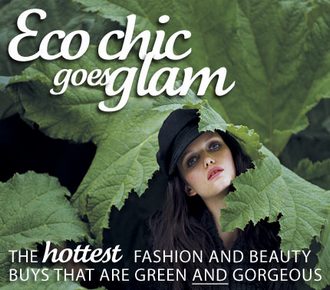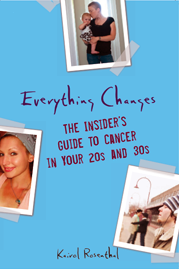
As a teenager I made out in abandoned factories, where mysterious steel drums leaked on the floors and industrial grime came in all colors and textures. I guess high schoolers in farm country drink Boonsebury and go cow tipping, but in Pittsburgh, we smoked pot on slag heaps.
Did growing up amid Pittsburgh’s steel town relics contributed to my cancer? And more importantly, how do I reducing my current exposure to carcinogens. This is the subject of my guest post featured yesterday on Blue Planet Green Living.
Survivors and healthy folks alike are focusing heavily on how to be more green, but going green is not just a consumer lifestyle trend; it is a public health issue that will never be solved one eco-purchase or CFL at a time.
Let’s face it, shopping for organic sheets at Bed Bath and Beyond is way more seductive than educating ourselves about coal fire power plants or vehicle emissions standards. But buying more crap – even if it is eco-organic crap still makes a negative impact on the environment. As young adult cancer patients, often with low incomes and medical debt, we are better off resisting most eco-marketing and buying less in general.
Indoor air quality is a major health issue and choices about the chemicals we eat and wear are important. But as a cancer patient, I’ve gotta look beyond my consumer habits and stop ignoring the big enviro-elephants. My eco lip gloss does not matter if toxic power plant emissions are drifting in the wind.
Do you think something in your environment when you were a kid caused your illness? Are eco-products affordable for your budget along side healthcare costs? How do you decide what to buy? Are you enticed by beautiful, hip, enviro marketing? Do you know what a coal fire power plant is? Is environmental policy interesting to you, a bore, does it matter?
![]()
![]()
 “Everything Changes is, without doubt, the most forthright, emotionally sophisticated, and plain-old valuable book of its kind I've seen.”
“Everything Changes is, without doubt, the most forthright, emotionally sophisticated, and plain-old valuable book of its kind I've seen.”












